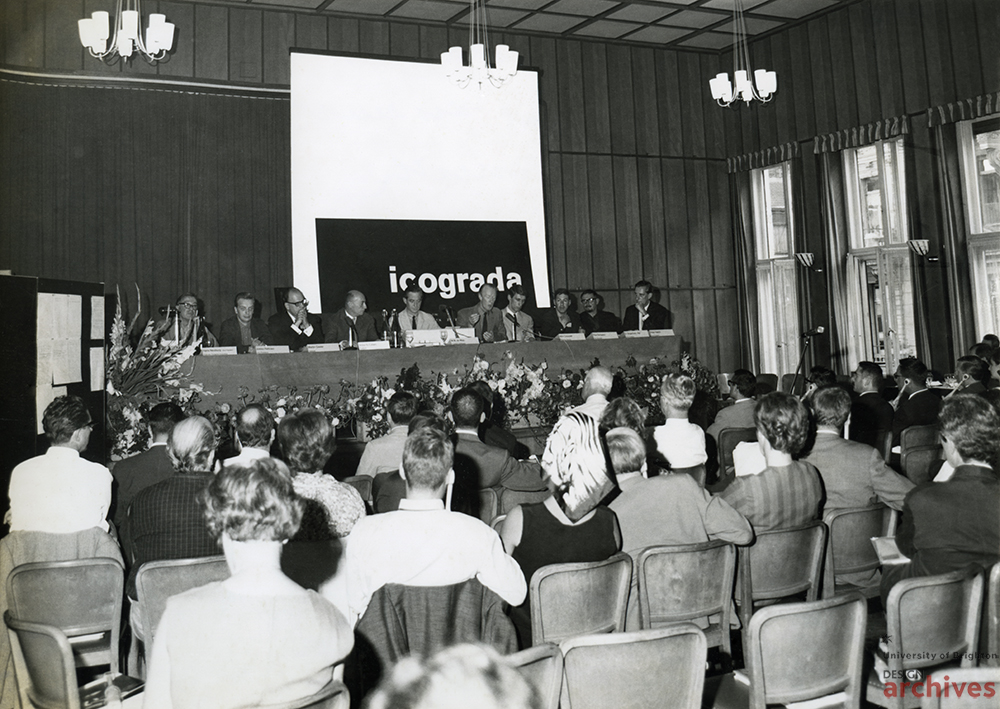new member: design center of the philippines

22.03.2021 ICoD news
ICoD is pleased to welcome new Member Design Center of the Philippines. The Design Center of the Philippines is the country’s leading agency committed to cultivating a culture that thrives on creativity, value creation, and innovation.
As the Philippines’ leading agency committed to cultivating a culture thriving on creativity, value creation and innovation, Design Center’s efforts go beyond promoting the value of good design and onto inspiring industries to create innovative human-centered solutions to address and anticipate challenges, shifts, and disruptions of the fast-changing and currently uncertain times. The agency also serves as a nucleus of the creative and design communities in the Philippines, fostering synergy and collaboration among them, the academe, the government, and innovation partners.
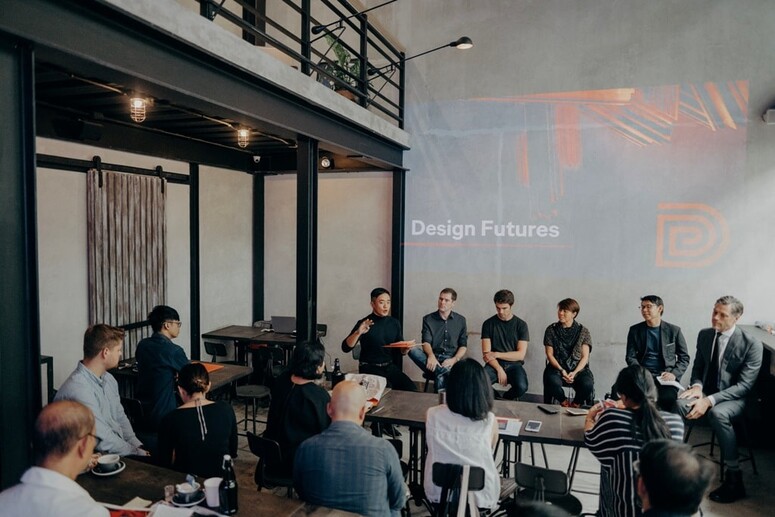
FROM DESIGN INTERVENTION TO DESIGN SOLUTION
The value of good design lies in the breadth of opportunities it creates for the designers as well for the life-improving benefits to its end users. Throughout the history of Design Center, the agency championed design’s role as a creative, strategic, and innovative tool for positive development that make an impact in the Philippines and in the world.
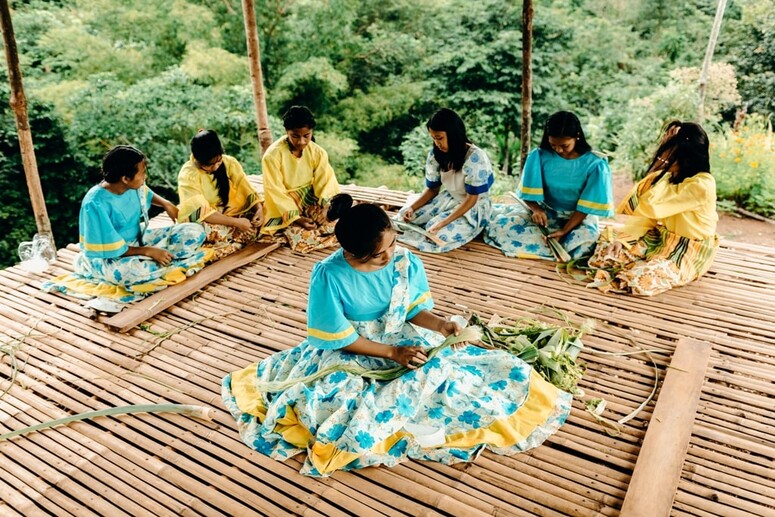
In the pioneering years of Design Center, good design paved the way for innovative design for Philippine products and handicrafts, forged new mindsets with an intensive design education program, and reenergised the country’s cottage industries centered on Philippine craftsmanship. This design-led economic movement in the quality and global competitiveness of Philippine non-traditional export products put the Philippines in the design map and was regarded as the “Milan of Asia”, supported by the country’s prolific furniture designs that masterfully blended indigenous materials with local craft skills; while, several homegrown furniture designers, trained by Design Center, were getting recognised by winning international awards.
Carrying an energised design appreciation from local and global market, the Design Center moved on to focus on stimulating the growth of more MSMEs, particularly those in the countryside, through intensified design intervention appropriate to the capabilities of the manufacturers, with the emphasis on good design as good for business. This signaled the birth of design-driven sectors in the business and manufacturing industries.
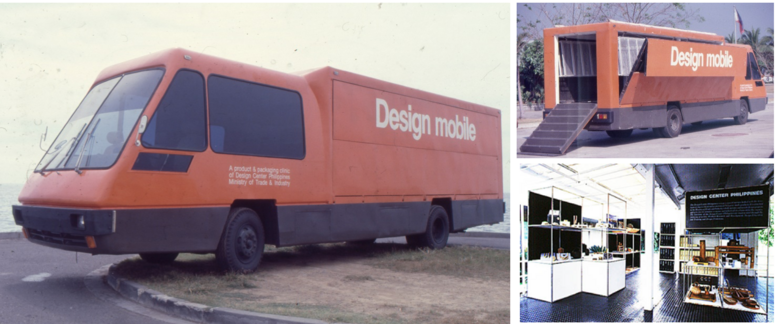
The Design Mobile was a product and packaging clinic as well as a design promotions campaign on wheels that empowered the design capabilities of regional manufacturers. It ran from 1983 until 1990.
In 2013, the Philippine Design Competitiveness Act was passed, giving Design Center the responsibility to cultivate the country’s creative capital, strengthen the nation’s design culture, and integrate design’s role in accelerating businesses and sustainable national progress. To this end, Design Center is broadening the strokes by which design is used to create new value, new markets, and new user experiences to enable inclusive and sustainable economic growth.
PROGRAMMES
The Design Center of the Philippines supports the country’s creative and design industries through programs and services tailored to address the design needs of MSMEs, designers, government, and the public.
Through these endeavours, they help boost the value of Philippine design and consistently enrich contributions to the country’s creative and design industries. Moreover, they cultivate a design-centric culture, one that puts first the value of user experiences to simplify complex problems and create meaningful interactions through design.
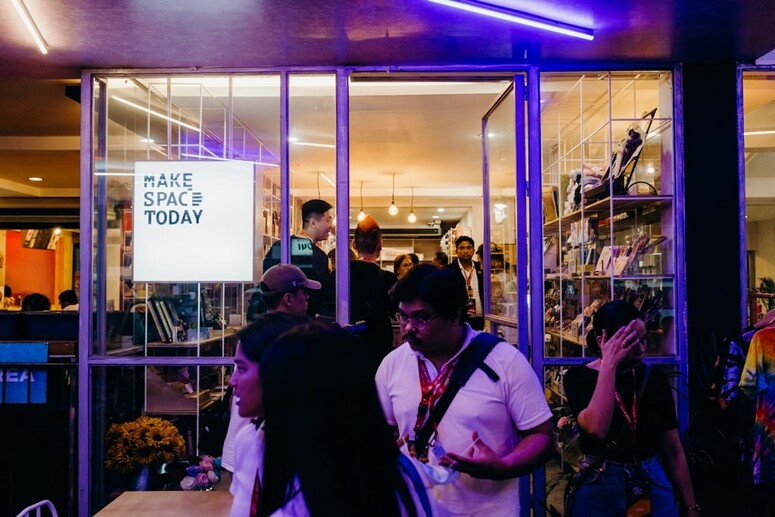
PUBLIC GOOD
Part of their mandate is to design to better lives and boost economic growth through equipping micro, small and medium enterprises (MSMEs) with strategic design services to provide competitiveness and business sustainability. Some projects include, Salimbago, Living Green, GREAT Women, Antique, Marawi and Bamboo.
COMPETENCY DEVELOPMENT
Through continuous learning Competency and Developments programmes they aim to help design and creative professionals innovate and grow. Design Center of the Philippines provides specially designed training and development programs to build a progressive mix of mindset and skill set in the next generation of globally competitive Filipino designers. Continuous learning and training of Filipino designers and creatives guarantees the ability to think strategically and creatively to solve complex problems and to be well attuned to anticipate the needs and requirements of their stakeholders.
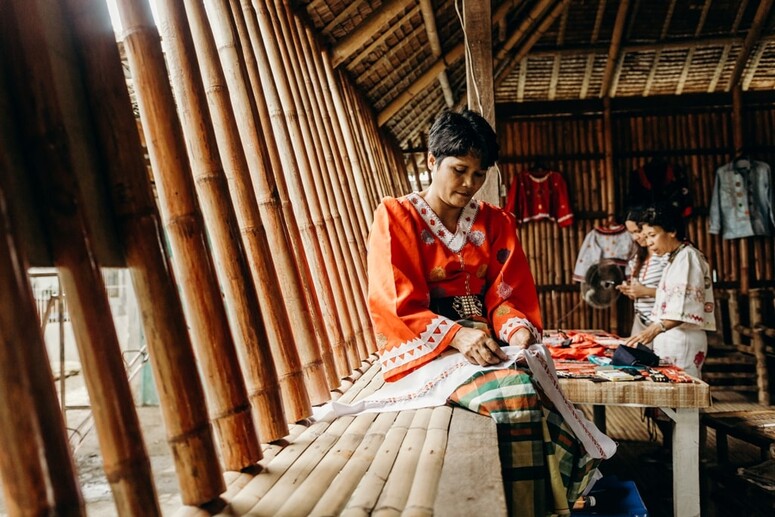
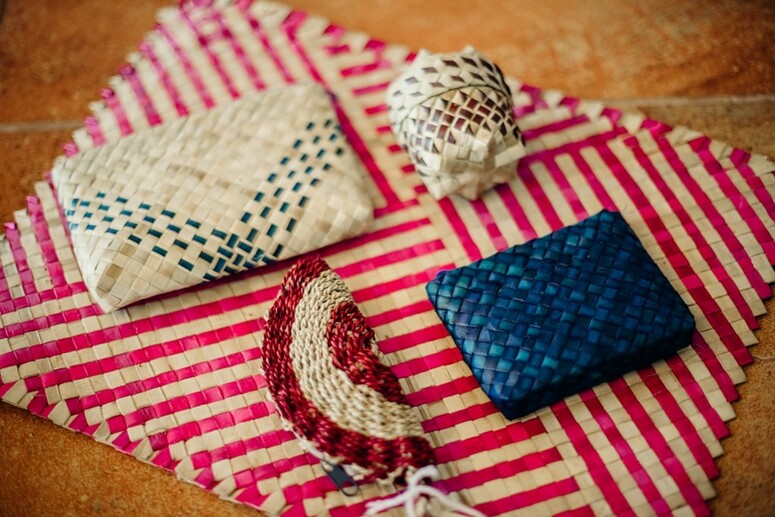
DESIGN RESEARCH
Design Research is foregrounded at Design Center of the Philippines, to further understand human needs by creating human-centered designs they develop strategic design, products and services that are anchored on understanding and responding to human needs. Some projects include: Rolling Manila Bamboo 36, Bamboo Extreme, Packaging at NFF and Pack Pinas.
MATERIALS RESEARCH
The Research and Development programmes is based on the idea that materials are the building blocks of design. Design Center of the Philippines’ works to advance the design agenda with breakthroughs through research and development of new materials using local raw materials to add value and find innovative ways of creating with agricultural by-products as alternative to commercial products, with sustainable practice and long-term environmental effects in mind. For more information, visit Design Center of the Philippines projects: Lucent Objects, Pinyapel, Abaca, Bakong, Seaweed
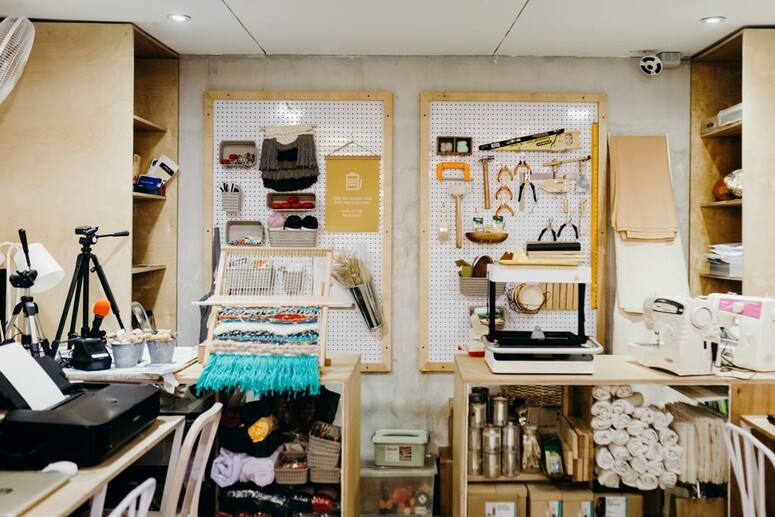

DESIGN + CREATIVITY PROMOTION
Leading the way in raising awareness on the value of design and creativity the Design Center of the Philippines works to connect Filipinos to good design and Philippine design to the world by serving as a hub for creative minds to exchange ideas, share experiences, and explore solutions that inspire good design and innovation for nation-building.

DESIGN FOR COMPETITIVENESS + INNOVATION
Recent developments on the use of design have blurred the boundaries between the traditional design and emerging neoteric perspectives. Design has come to mean more than giving form—it has increasingly become a strategic element in the innovation processes in private enterprises and public organisations, including taking on bigger systemic social and global problems.
From design interventions to boost livelihood and enhance craftsmanship, design is now seen as an integral element for innovation, providing an array of opportunities for value creation to boost competitiveness and innovation. As Design Center’s present Executive Director Rhea O. Matute says:
“Design is an essential human skill for the 21st century - driving the creation of responsible and intelligent products, services and systems of the future. Therefore, we have the immense responsibility to use our design skills and expertise not simply for aesthetics or to make things beautiful but to create a just society and sustainable economy for all.”
With the magnitude of such goal in mind, Design Center anchors its programs and projects on a quadruple bottom-line approach involving people, planet, prosperity and purpose. Moreover, Design Center integrates the Philippine value of ‘malasakit’ (loosely translated in English as "compassion"1 at the core of Philippine design.
In view of this, Design Center reinforces its Design Innovation thrust to elevate the country’s resources towards innovative solutions. The agency advances its design agenda through forward-looking research and development that combines creativity and strategy to bring together design and business to improve the quality of life. A recent landmark accomplishment and contribution to the Philippines’s material innovation is its development of pinyapel.
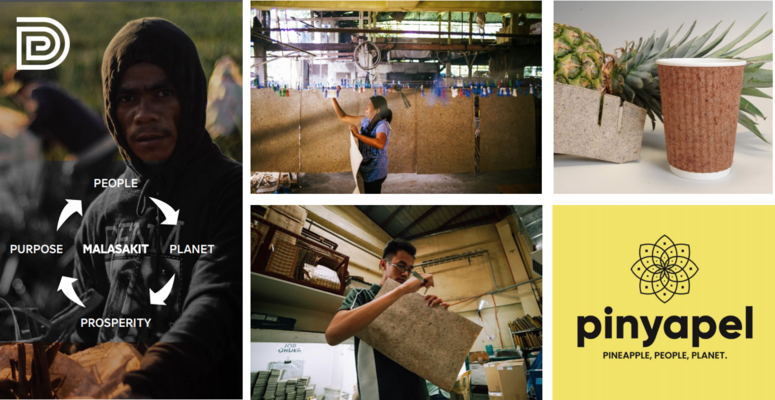 The Pinyapel was born out of the program of Design Center to create new materials from agricultural waste, underlying the agency’s mission to use design to improve the lives of the Philippines’ marginalized communities.
The Pinyapel was born out of the program of Design Center to create new materials from agricultural waste, underlying the agency’s mission to use design to improve the lives of the Philippines’ marginalized communities.
Pinyapel is a locally produced handmade specialty paper made from discarded pineapple leaves, reinforced and print-viable for secondary packaging applications such as cup sleeves and paper bags. In 2019, it was recognized by the D&AD Future Impact Awards for its potential to create a huge impact on the environment and sustainability. The Design Center worked with consultants on a market study to look into opportunities for the commercialization of pinyapel, and for a branding that will connect the material innovation’s values and mission to the audience. Further developments with pinyapel and pinyapulp are also underway to develop by-products that can be used to further drive the next generation of design solutions.
DESIGN PROTECTION + MAPPING THE ECONOMY
Following the motto: What we create, we must protect, Design Center of the Philippines upholds intellectual property protection to support innovative ideas and a thriving creative economy. The agency’s Innovation and Technology Support Office (ITSO) can assist in copyright deposit, industrial design registration, trademark registration, and utility model registration.
Currently, Design Center is working on creating more awareness on the intentional and critical use of design, both as process and as strategy. The agency envisions design to be a critical component in national planning and development; a driving force for economic competitiveness and social innovation; and a key tool in providing a better quality of life. The agency established a Design Advisory Council (DAC), an interdisciplinary pool of thought- and key leaders from the public and private domain, to serve as the country’s design think tank. The Council’s role is to help shape the country’s design direction on four primary action points: (1) Promotion – champion the importance and value of good design in support of the national development agenda; (2) Support – drive business growth and competitiveness through design; (3) Education – advocate the development of Design Education and integration of design in the core skillset of the citizenry; and (4) Policy – guide the establishment of design as a national strategy for innovation and economic growth through its first National Design Policy.
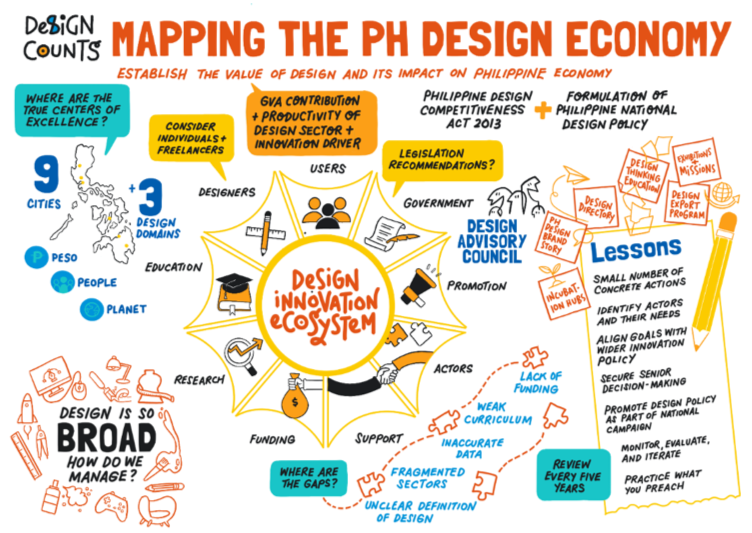
Visual recording of the initial workshop of the ongoing Philippine Design Economy Mapping and National Design Policy Formulation. The Mapping and National Design Policy is expected to be completed by year end 2021.
To aid in the formulation of the National Design Policy, a Design Economy Mapping is underway and geared towards raising awareness on the profile of the Philippine Design Economy and its crucial role in national development; determining the economic value of design and design industries in the wider economy; and developing future action plans and programs to nurture the Philippine Design Economy.
By uncovering the value of design in the country’s economic, social and cultural dimensions, Design Center is optimistic that design will be made more accessible and responsive to the diverse needs and aspiration of the Filipino people of today and future generations.
DESIGN FOR ALL
For the years ahead, Design Center envisions a nation built on a strong foundation of design culture, equipping and inspiring every Filipino with the right tools to create freely, design purposefully, and innovate boldly.
The agency also looks forward to a nation navigating through inevitable movements and requirements in the future, where design is an embedded and necessary driving force in the constant improvement of the quality of life for all.
LINKS
ICOD Member Profile page: Design Center of the Philippines
Official website: Design Center of the Philippines
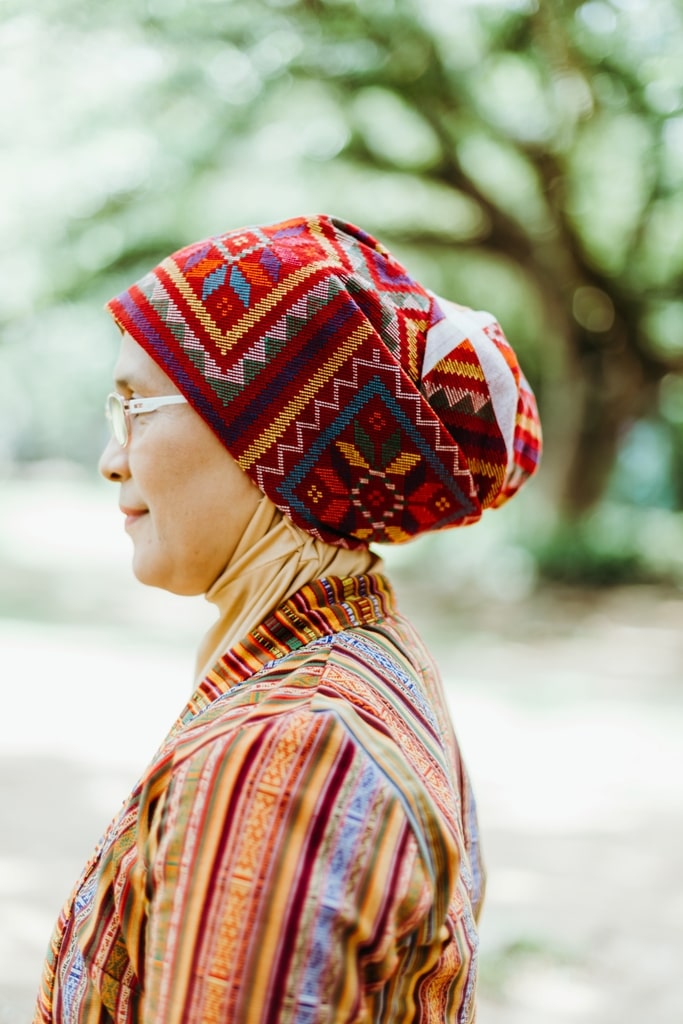
NOTES
___
1 Merriam – Webster defines compassion as: sympathetic consciousness of others' distress together with a desire to alleviate it.
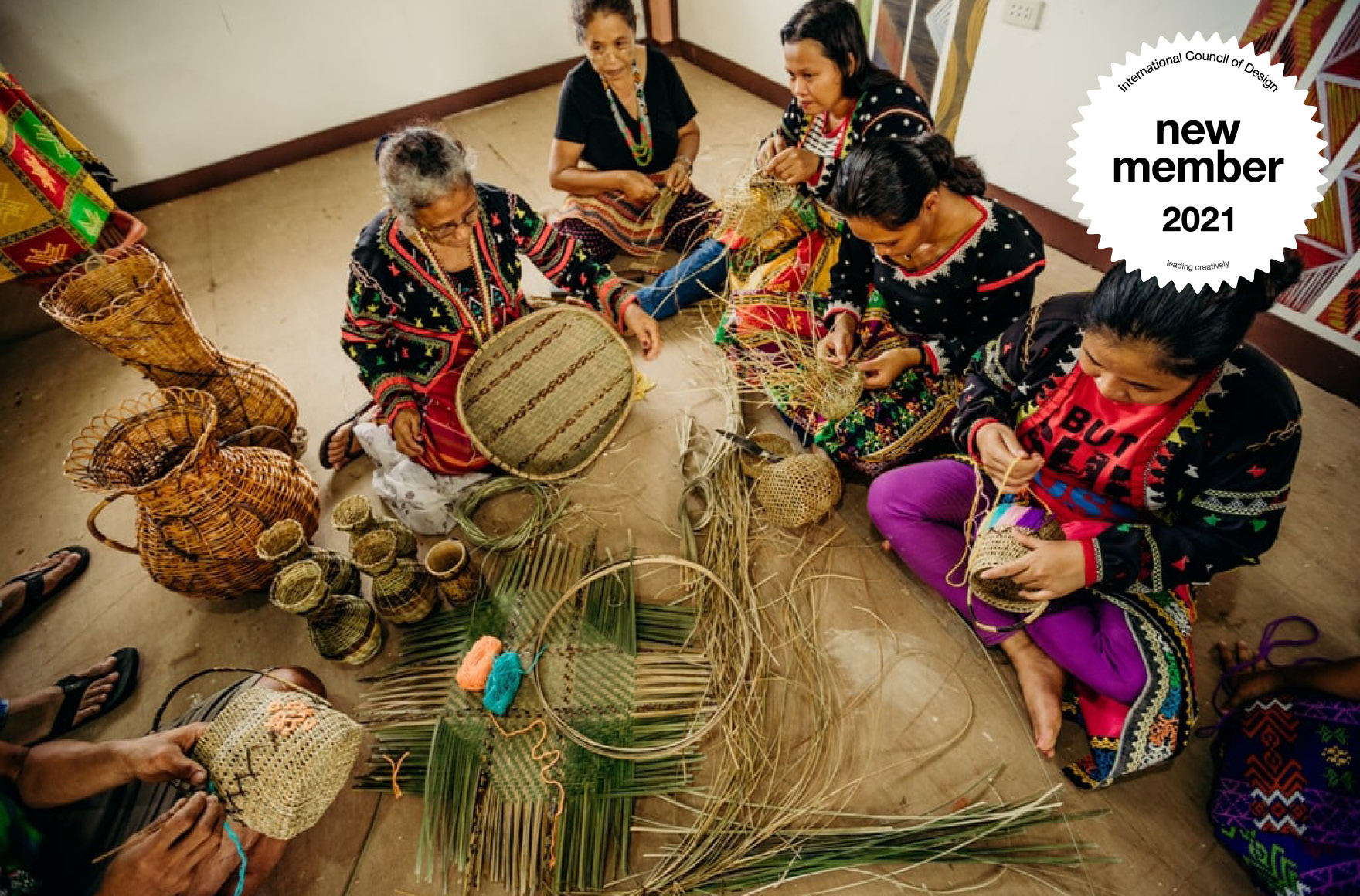
relatedarticles
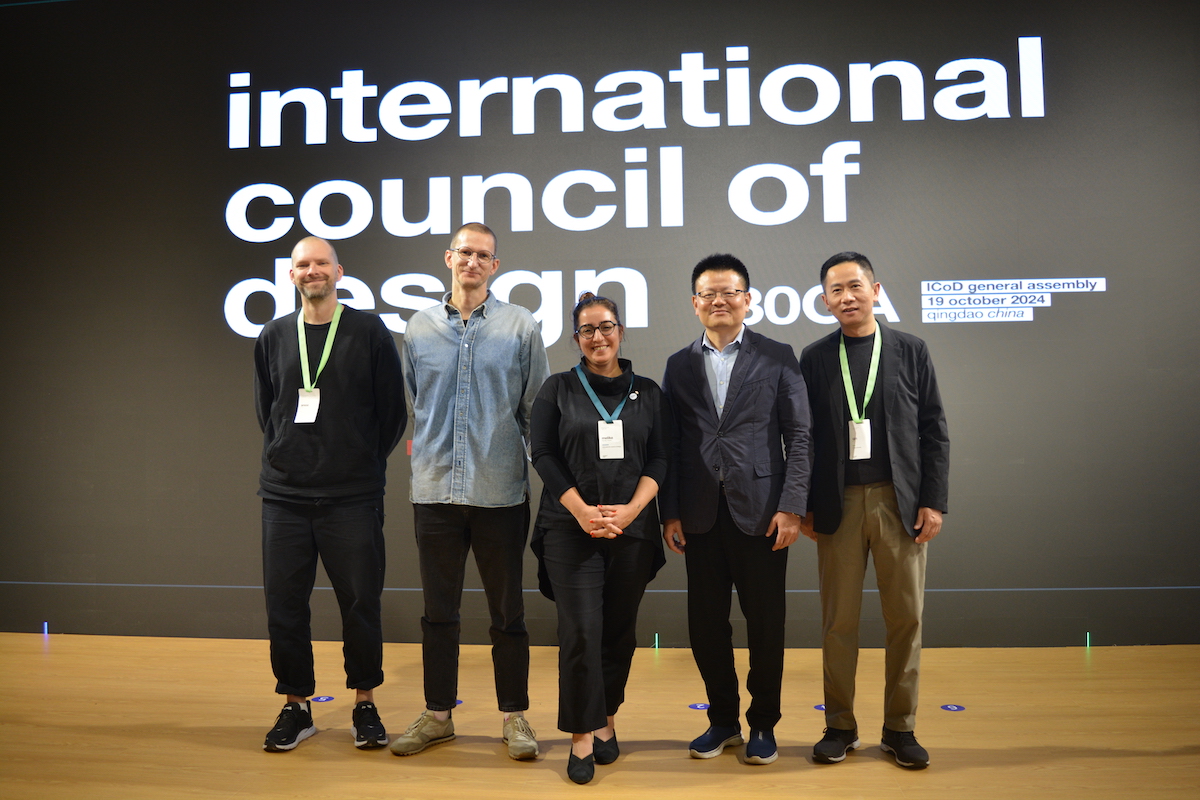
meet the 2024–2026 executive board
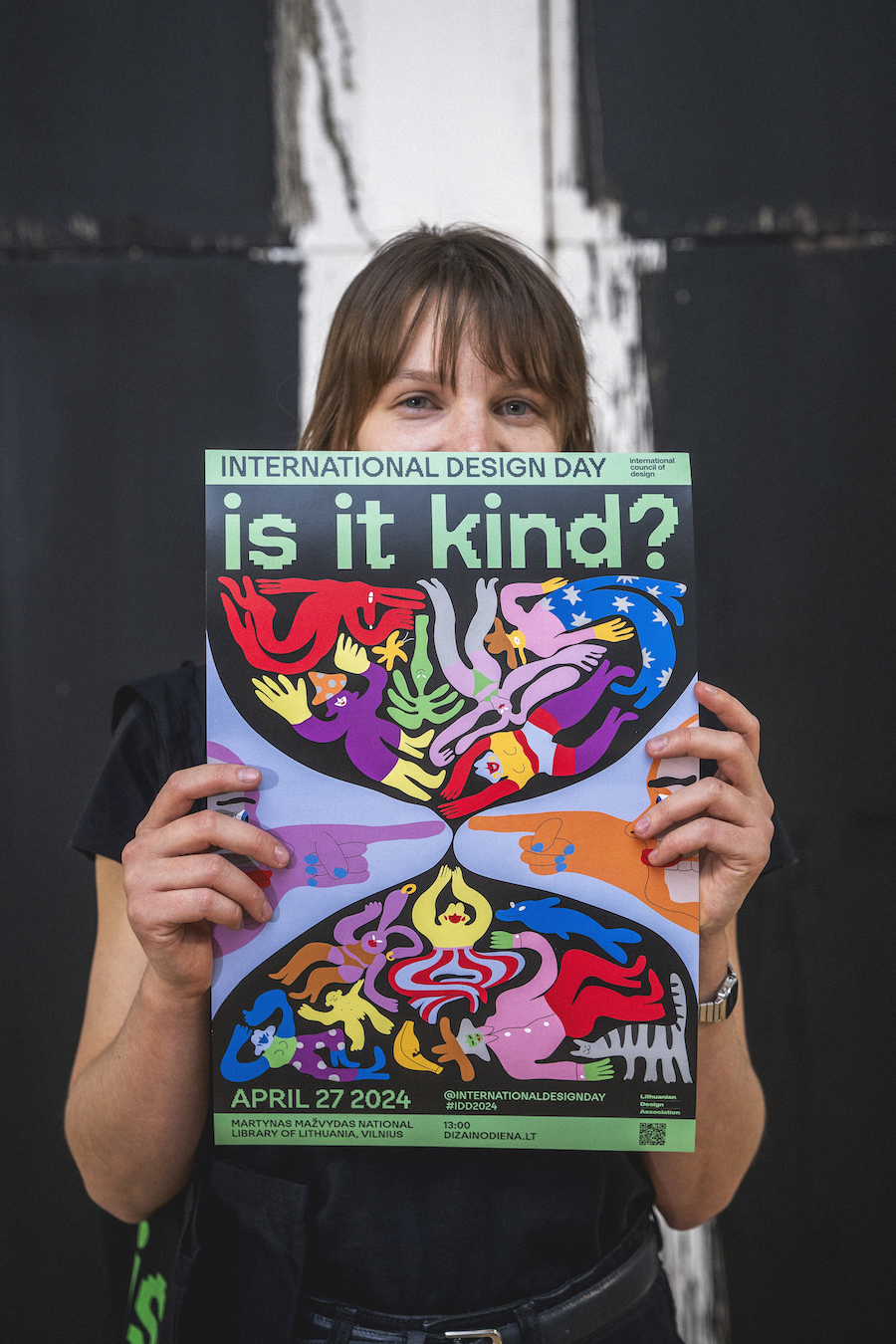
international design day 2024: is it kind? recap
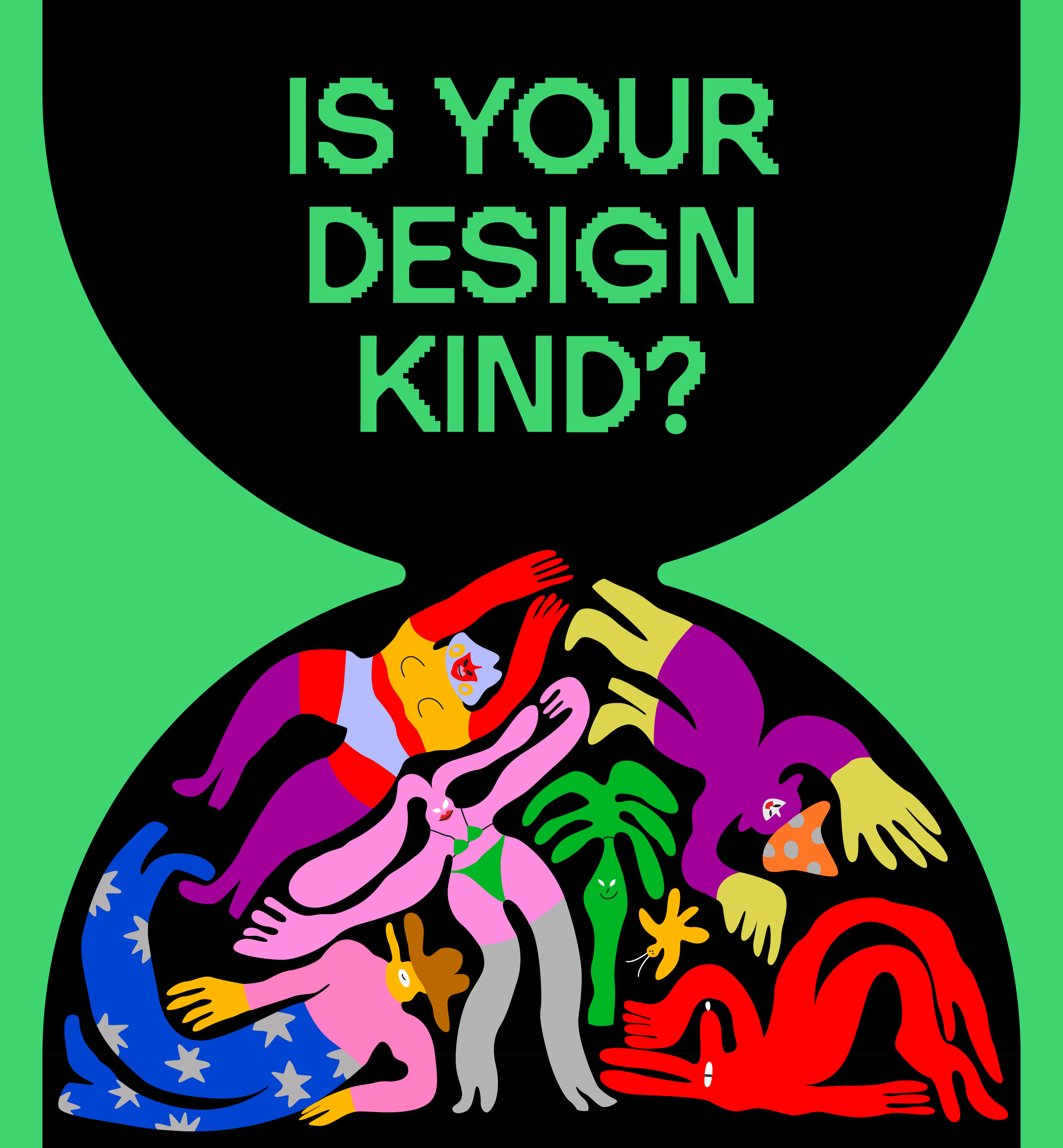
LDA forum + international design day 2024 conference
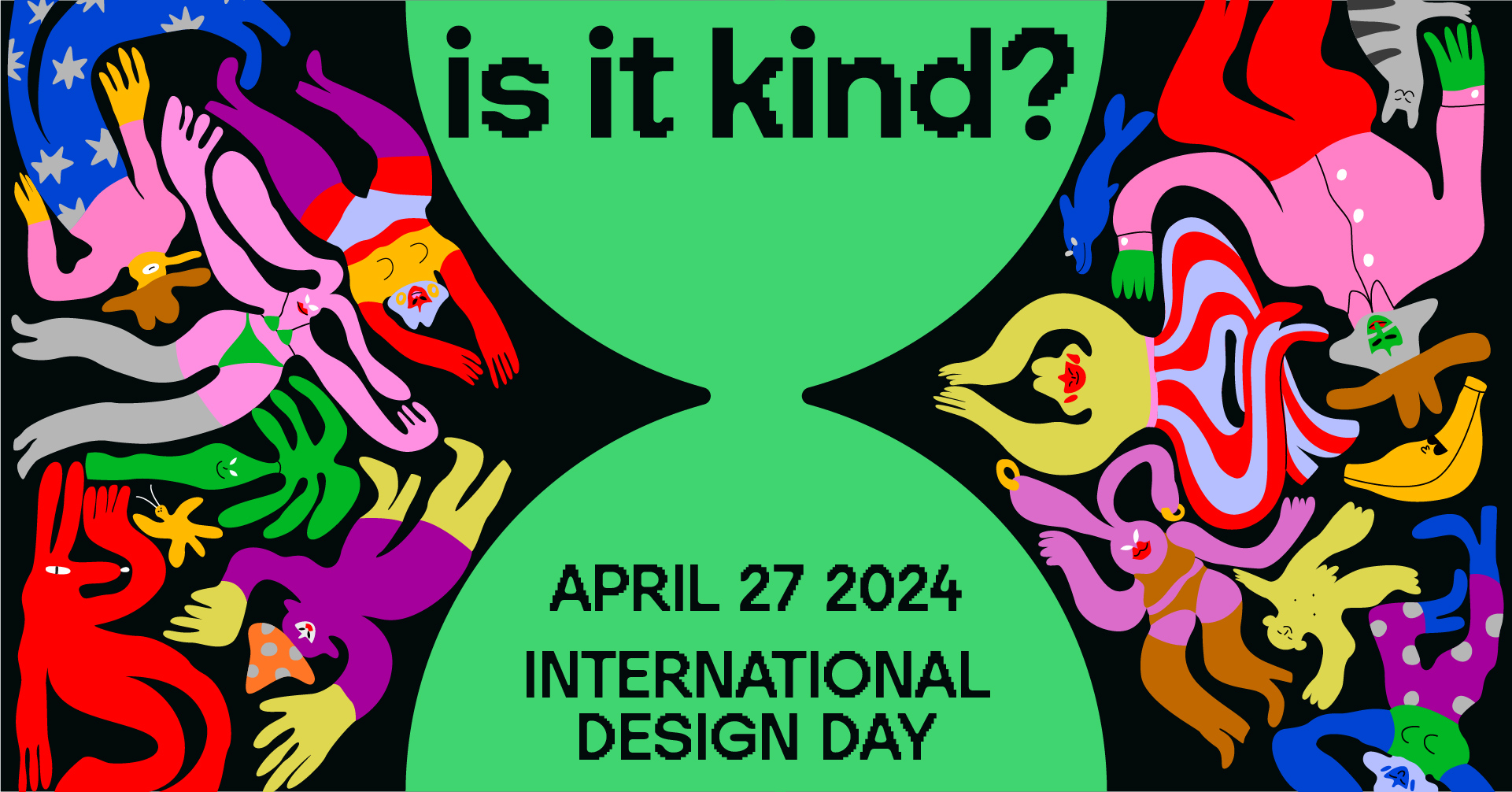
is it kind? ICoD announces international design day 2024 theme
